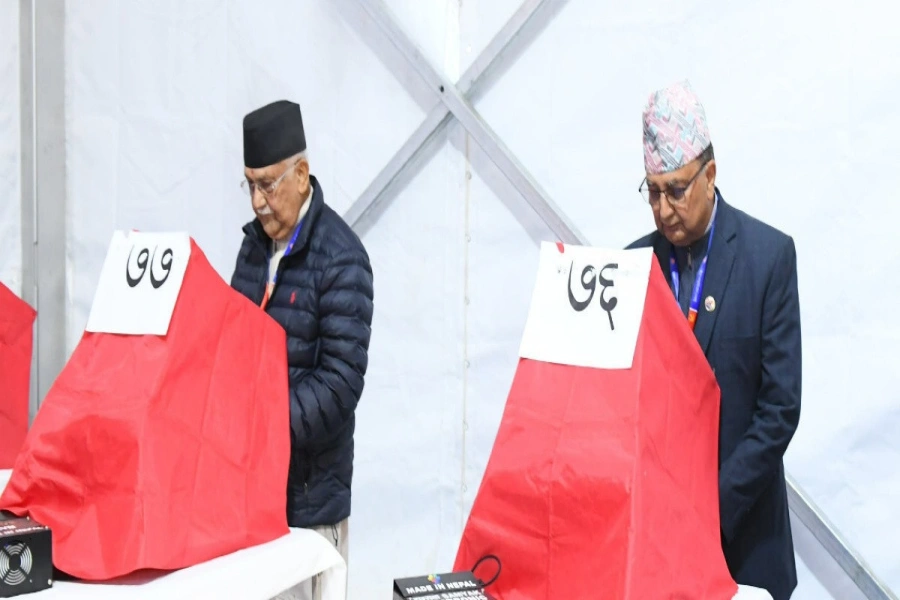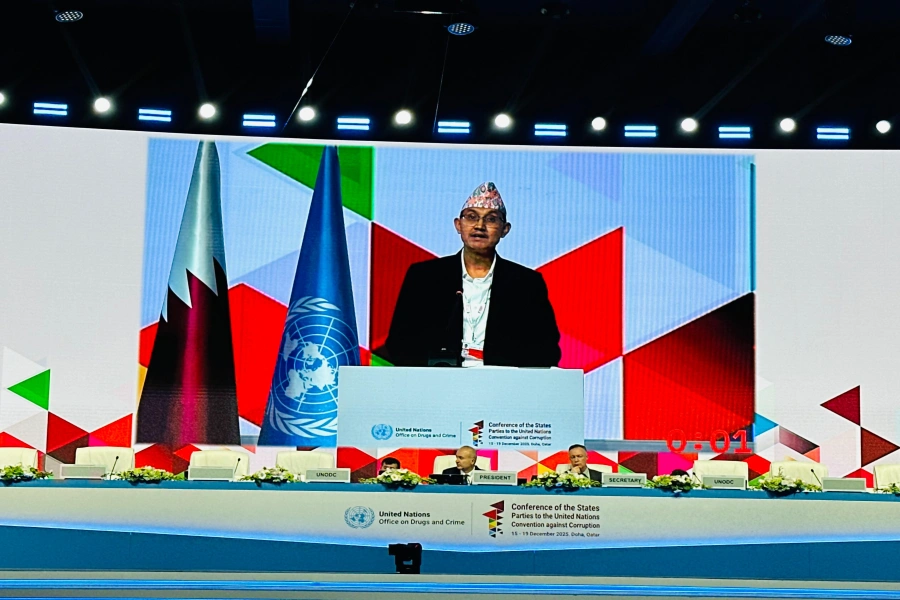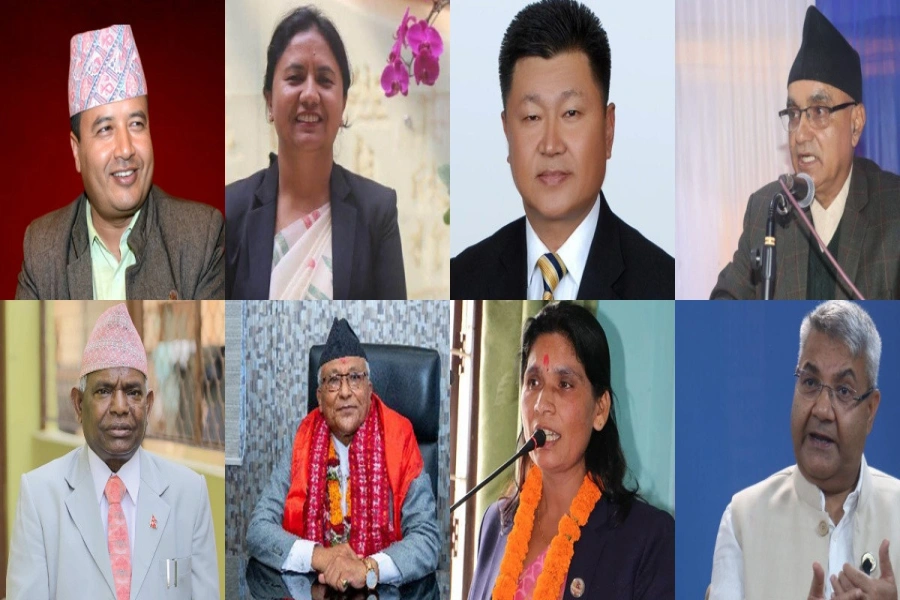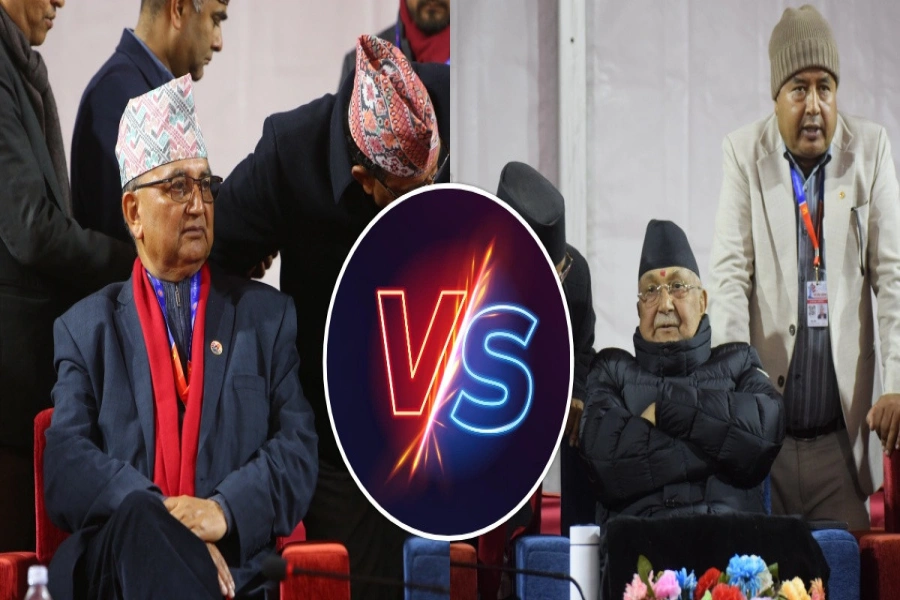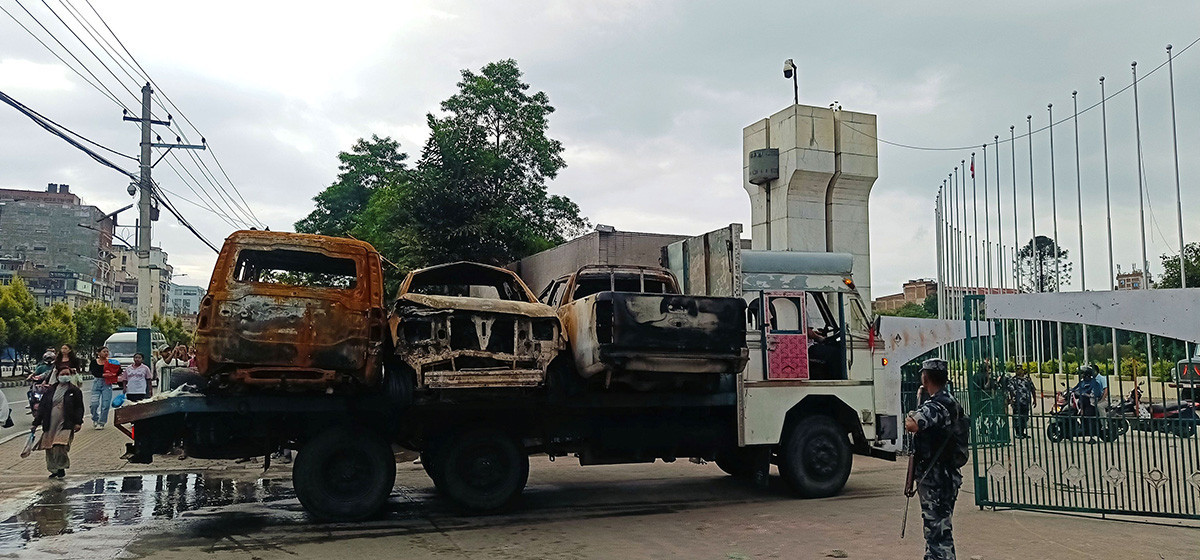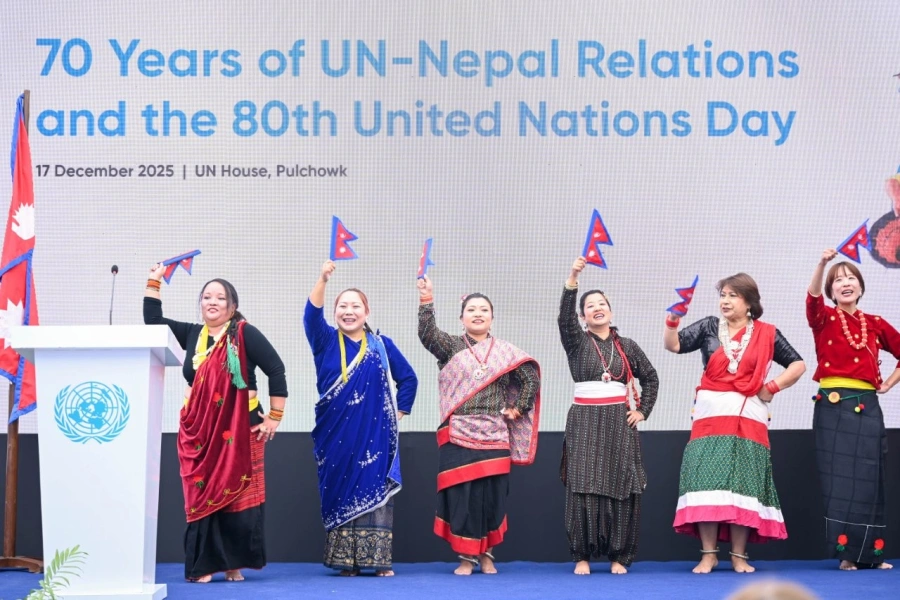In a 1979 interview with The Weekly Mirror, BP Koirala, one of Nepal’s most revered political figures, was asked a crucial question regarding his vision for Nepal’s foreign policy—one that remains strikingly relevant today. The journalist posed a simple yet critical inquiry:
“Recently, you described India as a big brother and China as a friend. If you come into power, will there be a shift in Nepal’s key policy of maintaining equidistance with both neighbors? Are you supporting the so-called ‘special relationship’ philosophy between Nepal and India?”
BP’s response, both thoughtful and practical, challenged the simplistic understanding of “equidistance” in diplomacy. He rejected the idea of equidistance as a rigid, mathematical balancing act between India and China, remarking, “If you interpret equidistance as meaning that when Nepal signs an agreement with Beijing, it must immediately conclude a similar agreement with Delhi, then Nepal would be playing a numbers game. I would call such an approach to diplomacy and international relations foolish.”
Instead, BP argued that Nepal’s foreign policy should be driven by shared interests, not by a need for balance or artificial symmetry. If Nepal had more points of contact or mutual interests with one neighbor, it was natural that more agreements or treaties would follow with that neighbor. This pragmatic approach to diplomacy remains a valuable lesson in shaping Nepal’s future foreign policy.
After the Rana regime was overthrown by the revolutionary changes of 1951, BP Koirala led a popularly elected government with a three-fourths majority in parliament. He introduced new perspectives into domestic politics while bringing dynamism to international relations. BP consistently championed “active internationalism,” expanding Nepal’s diplomatic outreach to safeguard national interests amid shifting regional and global geopolitics.
Compilation of Sushil Koirala's foreign policy speeches in boo...

However, King Mahendra, unable to reconcile with BP's growing popularity and influence in domestic politics, eventually ousted the government through a military coup and imprisoned BP and his colleagues. Despite this, when it came to international relations, Mahendra continued BP’s foreign policy approach, recognizing that it was well-suited to Nepal’s unique geopolitical challenges.
BP’s vision was not developed in isolation but was shaped by Nepal’s geopolitical history. After India’s independence, the new republic inherited a British-era security doctrine that viewed the Himalayas as its northern security perimeter, raising concerns for Nepal. These anxieties deepened as India supported democratic movements within Nepal and played a role in the annexation of Sikkim, which fueled the monarchy's policy of equidistance between China and India.
Over the years, equidistance became a politically charged term, especially as India’s growing influence in the Indo-Pacific and its strategic importance created new sensitivities and shifts. Following Nepal's political changes in 1990, a more pro-India perspective emerged. Meanwhile, left-wing communists and nationalists advocated for equidistance, seeing it as a means of protecting Nepal’s sovereignty.
The rise of the Maoists, who led an armed insurgency starting in 1996, further complicated Nepal's foreign policy. Their revolutionary rhetoric painted India and the United States as expansionist powers, though their stance softened once they assumed power. The confusion surrounding equidistance persisted, with some in the Nepali Congress misunderstanding it as a rigid principle rather than the flexible, interest-driven approach BP Koirala envisioned.
Nepal’s attempts to balance its relations with India and China have not been without setbacks. The Mahakali Treaty, signed in 1996 to address water-sharing and energy cooperation with India, has languished for decades. Relations with India were further strained in 2015 after Nepal promulgated its new constitution, which India perceived as marginalizing the Madhesi community along the Nepal-India border.
Efforts to mend these strained relations have been complicated by a lingering border dispute and the stalled Eminent Persons Group (EPG) report, which recommended a review of the 1950 Indo-Nepal Treaty of Peace and Friendship. Despite deep historical, cultural, and economic ties, distrust and political meddling continue to challenge diplomatic relations between the two nations.
In 2016, Prime Minister KP Sharma Oli signed a Transit Treaty with Beijing and joined China’s Belt and Road Initiative (BRI). This was seen as a reaction to the fallout with India following the Indian blockade. However, this shift was less a balancing act and more a reactionary response to strained relations with India. Oli’s past reactionary politics have strained Nepal’s relations with both India and China.
Now, Oli leads Nepal once again with a two-thirds coalition in parliament. The Nepali Congress is heading the external affairs portfolio at a time when Nepal’s foreign policy stands at a crossroads. The Foreign Minister faces the dual challenge of balancing the internal dynamics of a reactionary prime minister and reasserting BP Koirala’s vision of pragmatic, interest-based diplomacy.
BP Koirala’s timeless wisdom offers a valuable framework for Nepal’s future foreign policy. Rather than being trapped by outdated doctrines or driven by external pressures, Nepal’s leaders must prioritize the country’s best interests in a rapidly evolving geopolitical landscape. The focus should be on safeguarding Nepal’s sovereignty, security, and development.
Deborah J. Gerner once noted, “All foreign policy decisions occur in a particular domestic context. This environment includes the political culture of a society.” Nepal is no exception. The country must learn from its past and adapt its foreign policy to its current political context. Over-reliance on hollow nationalism has come at a cost to Nepal’s security, development, and international relations.
As Nepal embraces a globalized era, it must strike a balance between realism and idealism, considering both nationalism and liberalism. By doing so, Nepal can protect its shared interests, overcome distrust, and thrive in the evolving global order.
There is an old adage that “politics should stop at the water’s edge.” This belief—that a unified national voice is key to a successful foreign policy—applies now more than ever. With a coalition government in place, Nepali Congress and UML have an opportunity to lead with a unified voice on Nepal’s foreign policy, involving other parties to strengthen the country’s position.
In conclusion, as Nepal navigates its relationships with India, China, USA, and other global powers, it must remain flexible and pragmatic. BP Koirala’s vision reminds us that diplomacy is not about maintaining equal distance but about advancing Nepal’s sovereignty, security, and development in a way that reflects the nation’s evolving interests and values.





